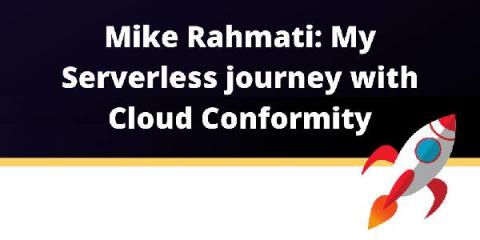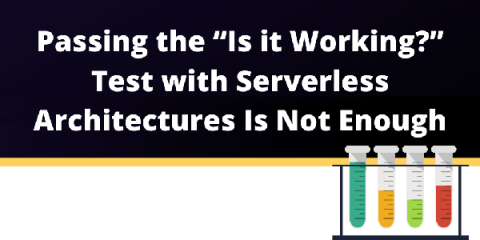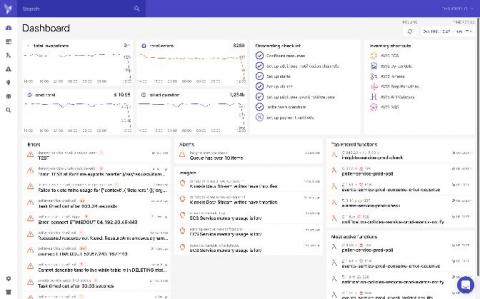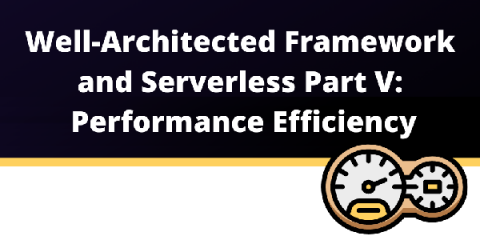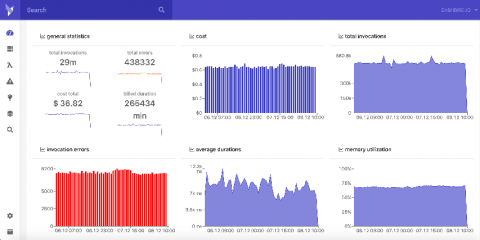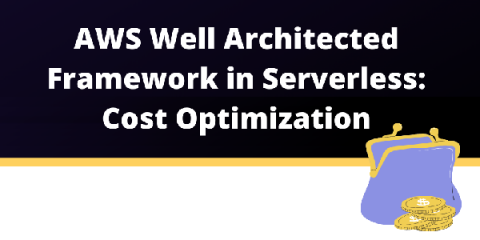Mike Rahmati: My Serverless journey with Cloud Conformity
Mike Rahmati is the Head of the Advisory Board at Dashbird. He is the Co-Founder and CTO of Cloud Conformity (acquired by Trend Micro) – a Cloud Security Posture Management Solution – one of the largest and earliest adopters of serverless. Mike is also an active AWS Community Hero. In this article, he shares his journey and experience with serverless. Cloud Conformity was founded in 2014 as a result of our own experience of issues migrating to the cloud.


